Clay Brick – The Heritage Choice
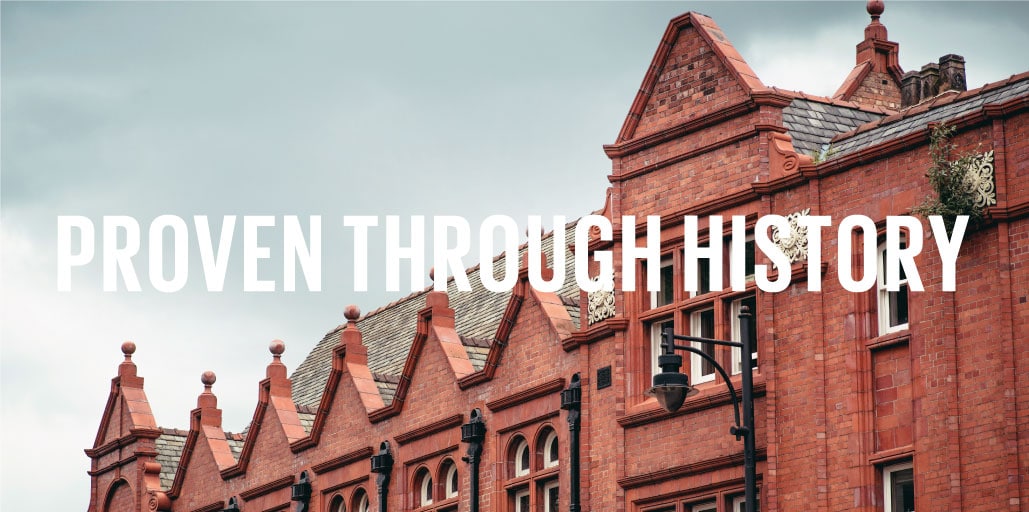
Clay bricks have shaped much of our built environment. Britain has rich seams of clay in a wealth of different colours which can be seen in the brickwork of different towns and villages as we travel up and down our country. In this blog we explore how this heritage could affect your next development?
It started with the Romans who first introduced bricks into the UK using the widespread, easily accessible and workable soft surface clays to mould into a variety of shapes and sizes before firing.
Since then, the process has evolved over the centuries with our oldest standing building, the Holy Trinity Church in Colchester built almost a thousand years. Clay bricks are part of our history, they are durable and have a long life making them a sound sustainable choice in the past and for the future.
And there’s a reason why it has been our building material of choice for so long. Clay bricks can withstand the broad shifts in temperature and weather that we have here, are resistant to damp and don’t need much maintenance. Even if it’s only one part of the external structure of a modern building, it is so ingrained into our national heritage that we use them time and again.
The proof of clay bricks durability surrounds us and it sets the tone for many local and regional areas giving us a truly diverse built environment across our country.

What is the brick colour in your area?
Today you can use any colour brick that you like for a building, wherever your development is, but some areas have a certain colours associated with them.
A lot of this is dictated by the local clay that was used to make the bricks and how they were fired. Today we can add tinting, colouring and of course change its texture to either match or subtly differentiate your choice of brick.
If you want to fit in with the local area on your next development then you’ll need to know what the typical colours are for that area.
The main colours that you will find are reds, buffs, browns and blacks. Generally, you will find darker tones in the North and paler tones in the south, with many regions displaying colours that are historically unique to them.
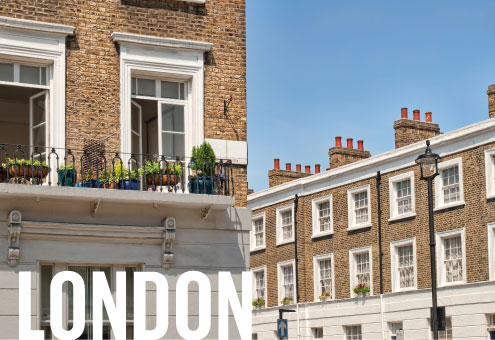
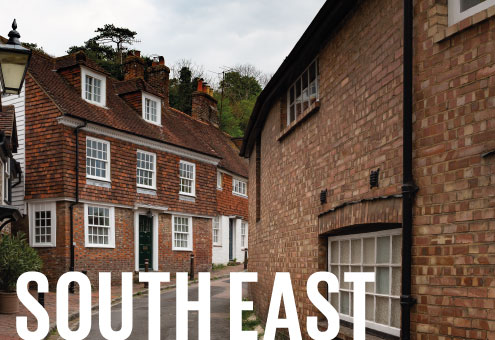
London
If you walk around our capital, you will see what is known as the London stock brick in its buildings. It is a light-yellow toned brick that has often darkened into a darker buff colour over time.
South East
The clays of Sussex and Kent have a higher concentration of iron oxide giving this area a vivid red brick. You will see these in many royal buildings and Georgian townhouses.
Move up into Cambridgeshire, however, and there is a different type of clay with an almost sandy colour and the area is known for its distinctive white buffs.
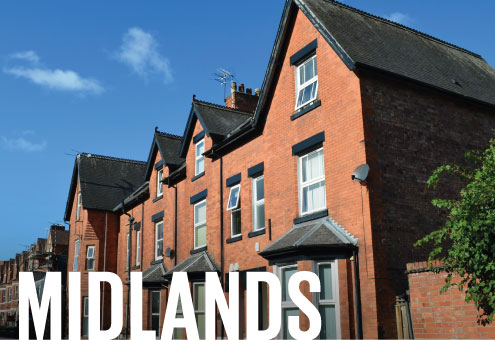
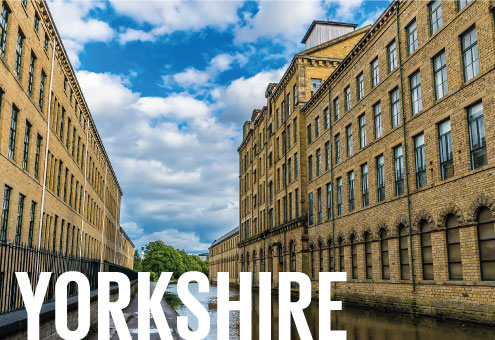
Midlands
Older buildings in the Midlands are known for their red and orange coloured bricks. Staffordshire is home to a marl clay which you will see in a number of deep red brick houses and terraced properties. When you fire this clay at high temperatures you will get a darker clay known as the Staffordshire blue brick.
Yorkshire
Move further North to Yorkshire and you will see a lot of grey and dark buff colours in the area’s houses. This is partly due to the clay used and also from the fumes and ash deposits of the industrial era.
That is a by no means comprehensive tour of the country; but it’s worth taking a look at what colour bricks are common to where you are building. Some of the buildings may be centuries old and the bricks represent a heritage that you simply won’t find in any other building material.
When you consider how long brick-built buildings stand you realise what a durable and sustainable material it is. Perhaps that why it has and continues to dominate our buildings.
